Austin Atlantic: How The English Got It Wrong About The American Market
Images: Vrutika Doshi
With the notable exception of the United States, WWII was indeed a disaster for all the countries that found itself involved in it, not only in human terms but also in terms of economics. Even if, unlike most other countries in continental Europe, the United Kingdom did not suffer the looting of a large part of its industrial capital by the occupation forces, it could not escape the destruction engendered by enemy bombardments. After six years of a bloody conflict, Great Britain found itself economically debilitated, and thus the number one priority of the British government was to get the automobile manufacturers to export, specifically to the thriving American market.
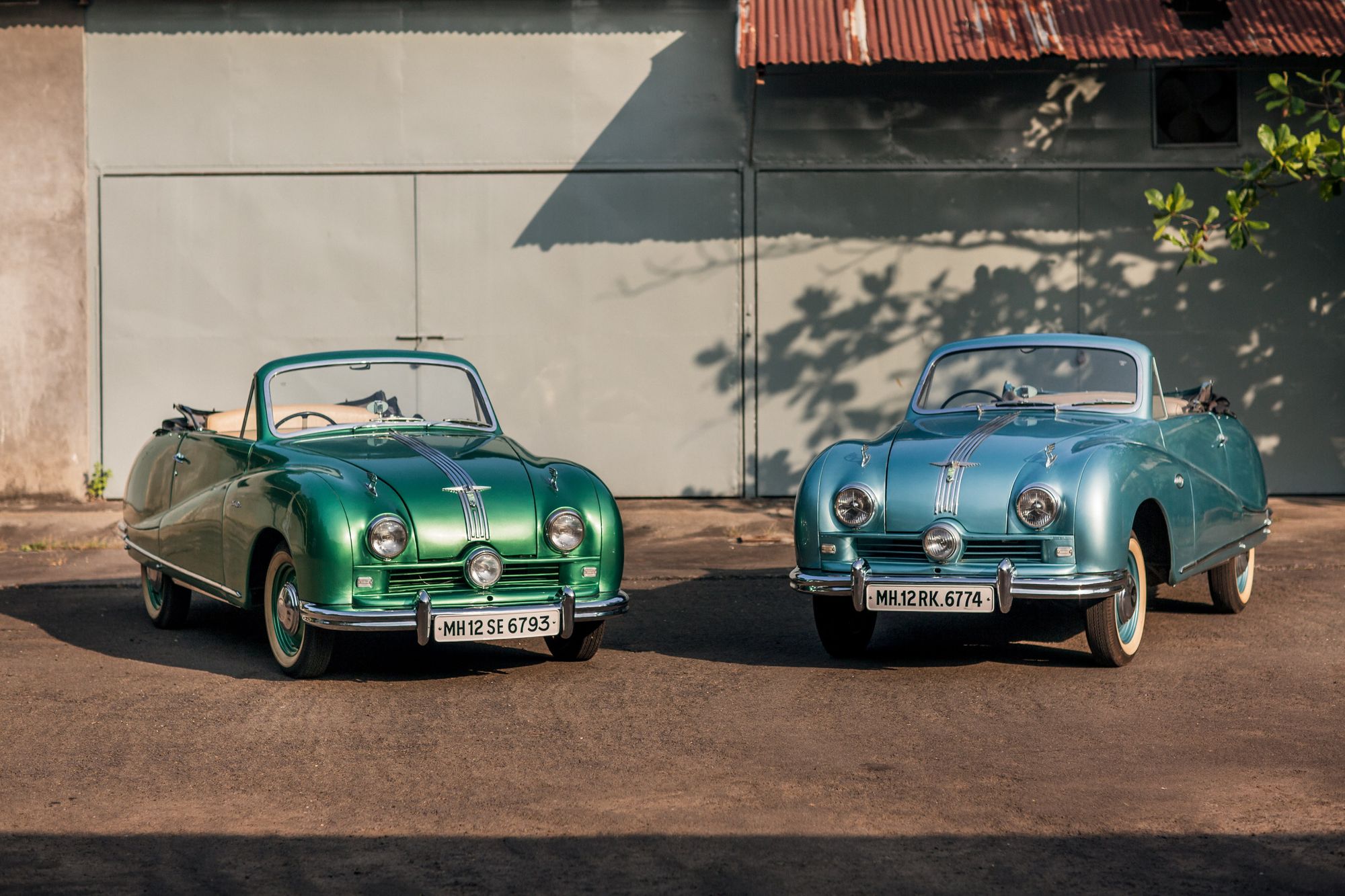
The United States was then the only Western nation that had economic prosperity, even better than what they had before WWII. Thus, for all the European firms, from the smallest to the largest, the most important commercial outlet was the US so that they could rebuild their industries.
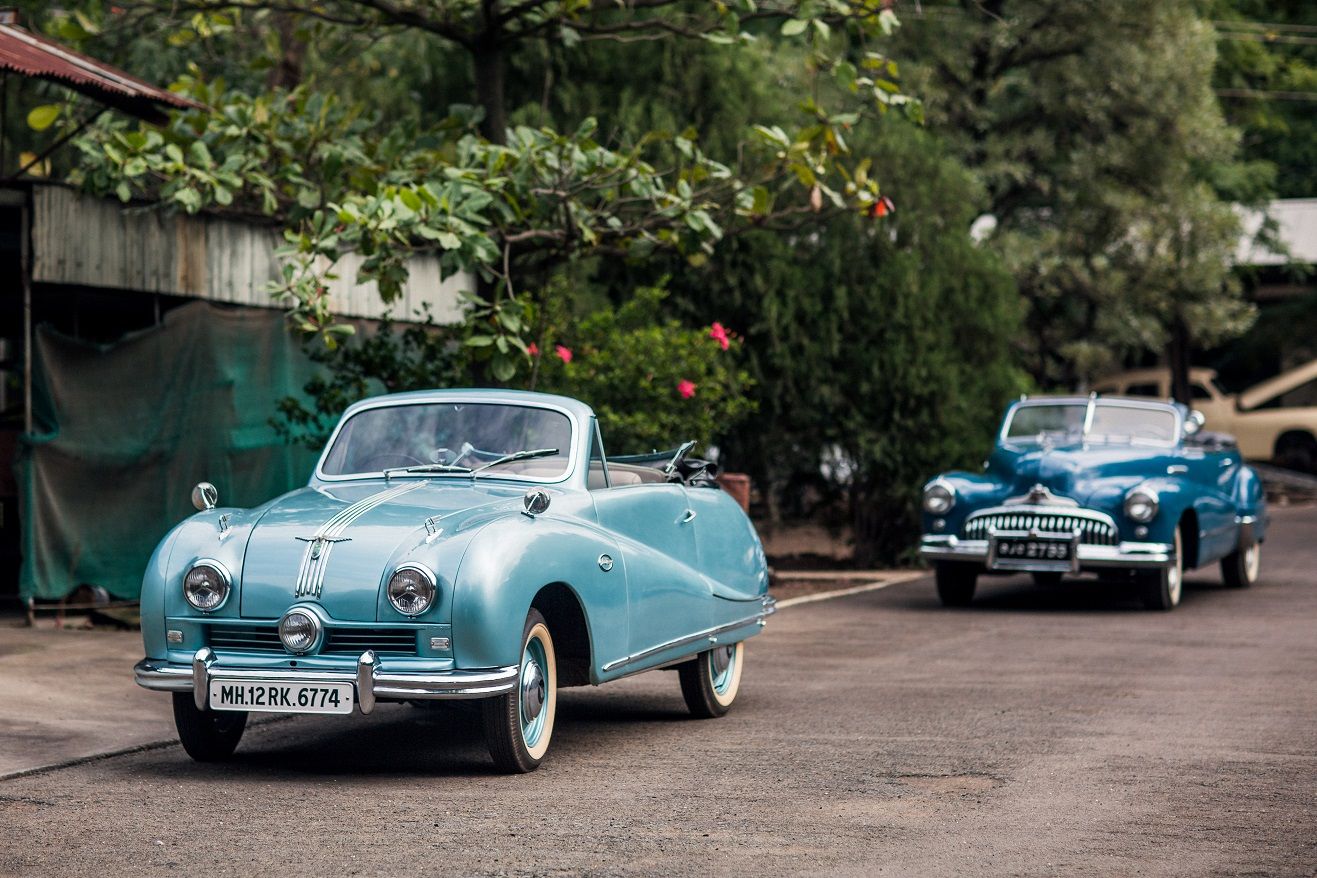
Scrapping it out with its main and eternal rival Morris, for the title of number one amongst the British manufacturers, Austin Motors too could not remain indifferent to the prospects of this new Eldorado, the US. The only problem was that the English cars that were popular with the Yanks were either top-end prestige sedans from the likes of Rolls-Royce and Bentley, or grand touring coupes and convertibles from Jaguar, MGs and sports car makers.
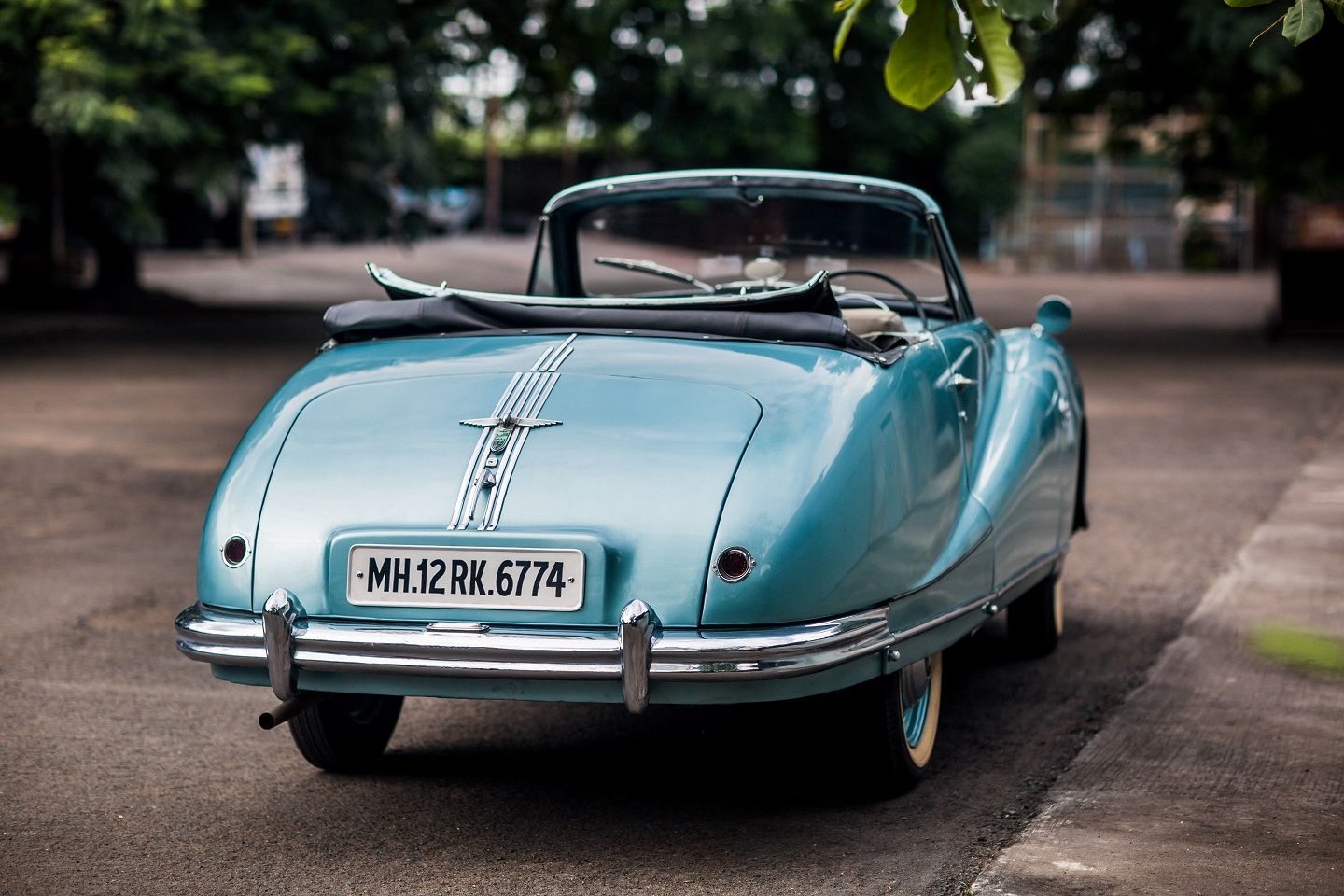
Unfortunately in its new line-up for the immediate post-war years, Austin had nothing on offer beyond dull saloons. The flagship of the range, the Princess, even if it was impressive in appearance, was designed to compete with cars from the intermediate section of the market, a segment that didn’t attract the Americans.
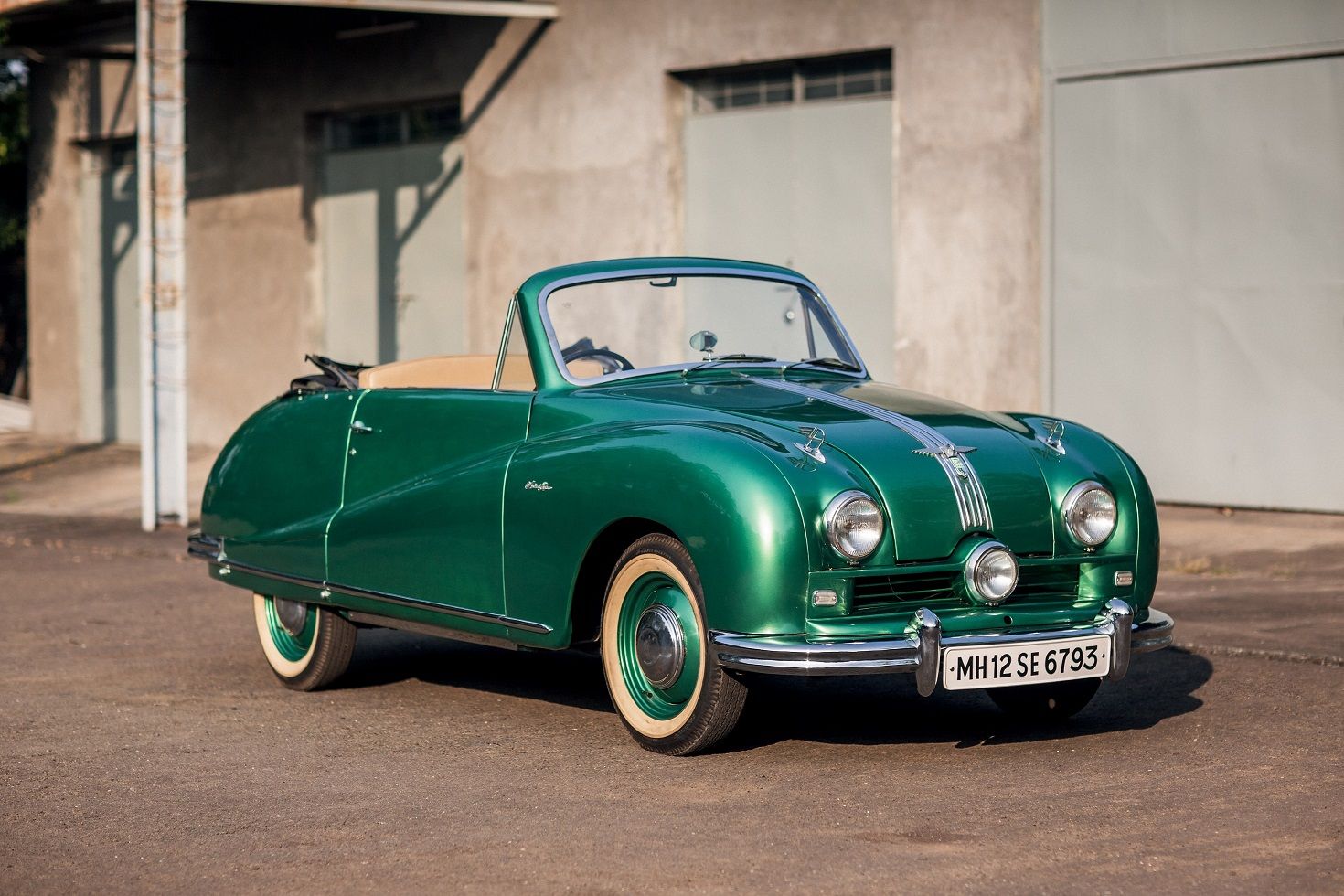
However, the senior management at Austin, like many others in the UK, were convinced that America represented a significant, even vital, export market for the company’s long-term sustainability. Therefore, the decision was taken to design and market a model with a brand-new look, one that would be a complete break from tradition, which would not only sell well in the US, but also act as a halo product to revitalize the brand.

The chairman of Austin Motor Company, Leonard Lord, was convinced about the idea, and agreed to give a carte blanche to the engineers and designers to develop the car. Austin’s Argentinian-born design chief Dick Burzi went to town, designing an exuberant four-five-seater convertible liberally inspired by post-war American cars such as the Buick Super. When viewed from the side as well as from the rear, the kinship with the imposing convertibles that were by then rolling out in their thousands from the Detroit factories are obvious.
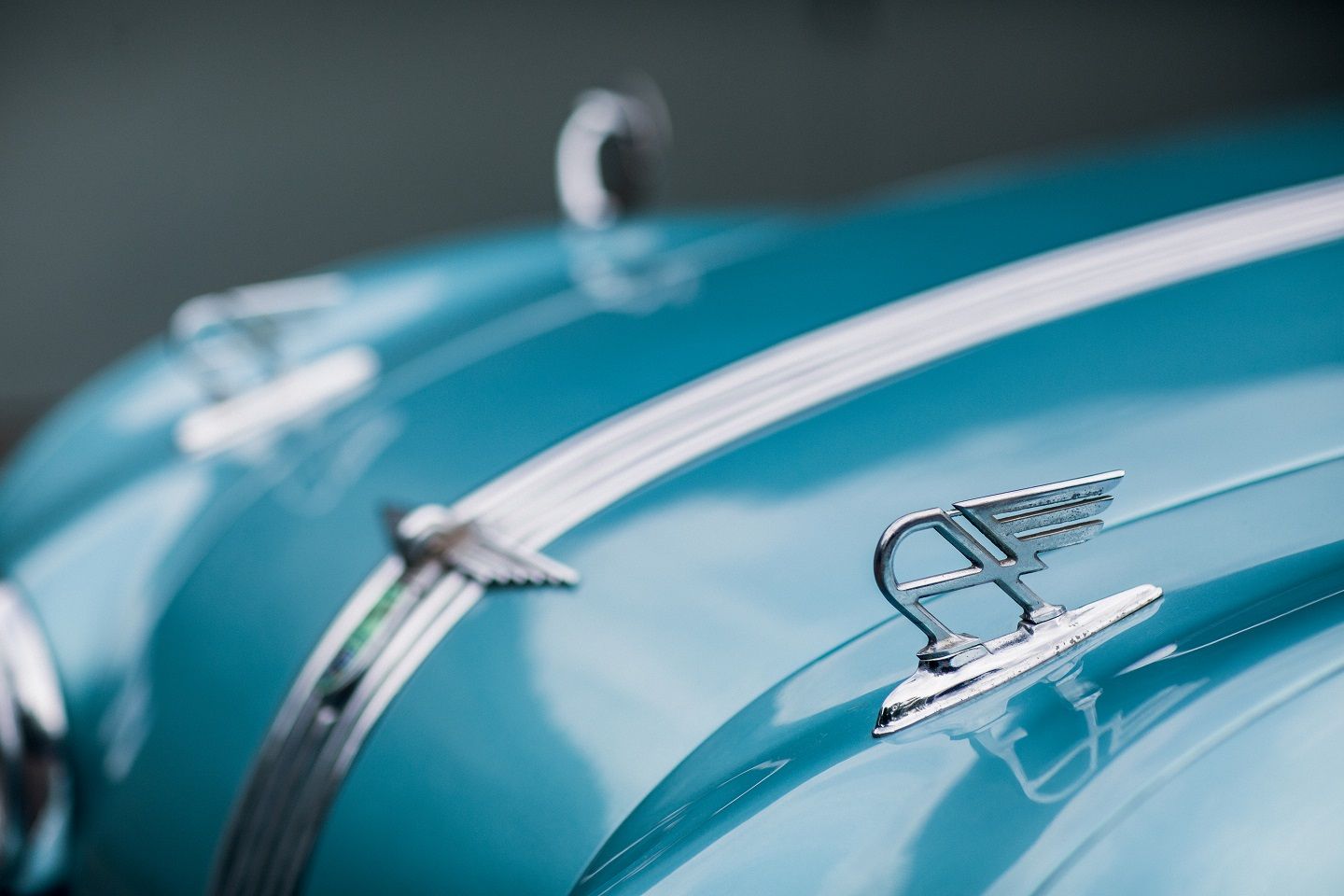

The profile, with its wave-shaped front fenders, peaking at bonnet height just above the front wheel arch and then gently sloping down to the end of the rear wheel arch was very Buick-like. The rear fenders, for their part, were fully integrated into the rest of the bodywork, thus imitating the ‘semi-pontoon’ style that was becoming the norm for most of the American cars in the immediate post-war period.

At barely 4.5 meters long and 1.77 meters wide, the Austin though was an entire meter shorter in length than the behemoths from across the Atlantic. Under the hood too the size was underwhelming compared to typical American iron where eight-cylinders were commonplace and sixes were a given, what with the Austin receiving a 2.7-litre four-cylinder, which developed around 88bhp, but good enough to give the car a top speed of 148 km/h.
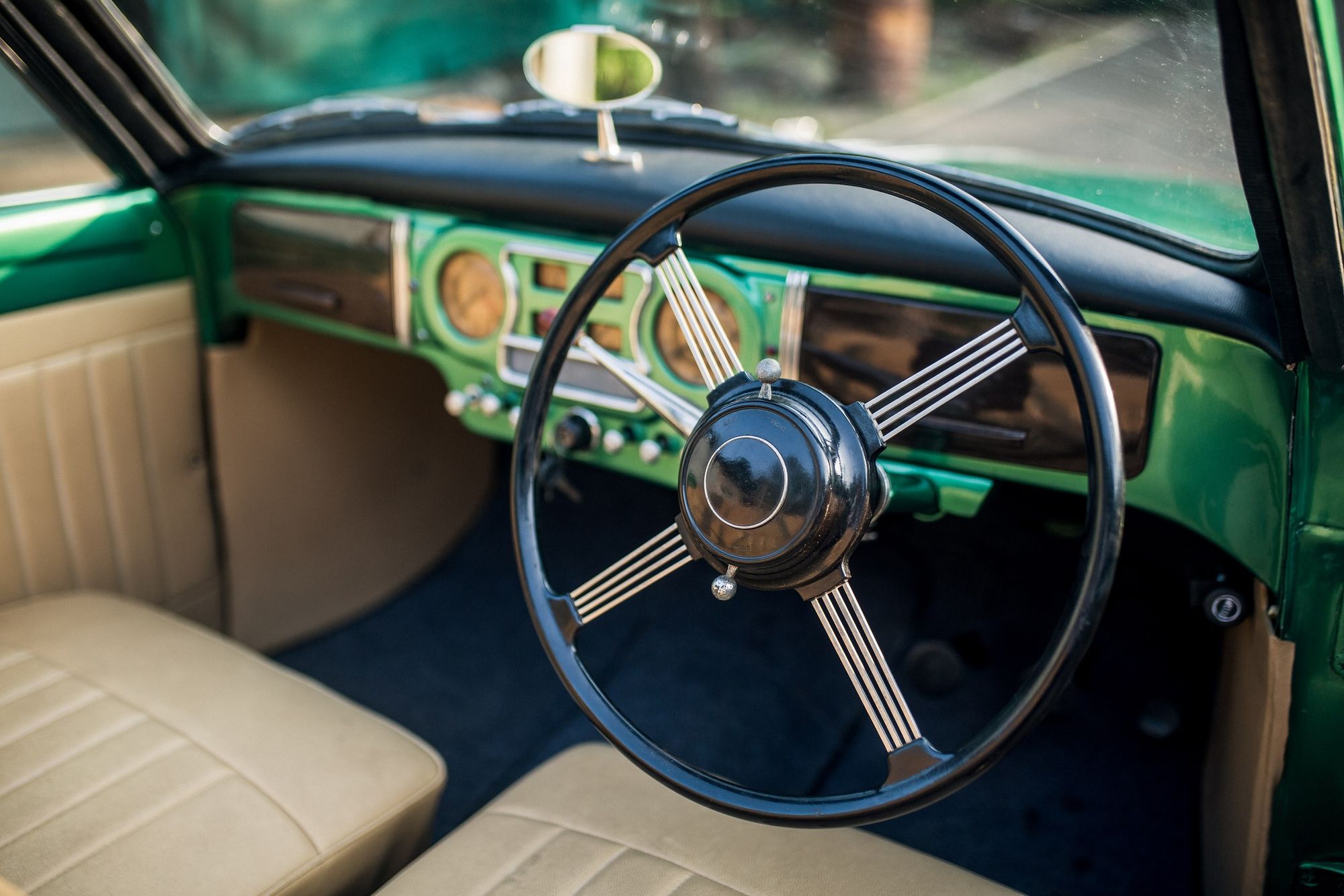
Despite a very successful attempt at breaking as many as 63 stock car records at the Indianapolis Motor Speedway in April 1949 with Alan Hess, Charles Goodacre and Dennis Buckley taking turns at the wheel, the four-seater convertible, launched as the Austin Atlantic, bombed in the US, with barely 350 of them finding customers in the world’s largest car market.
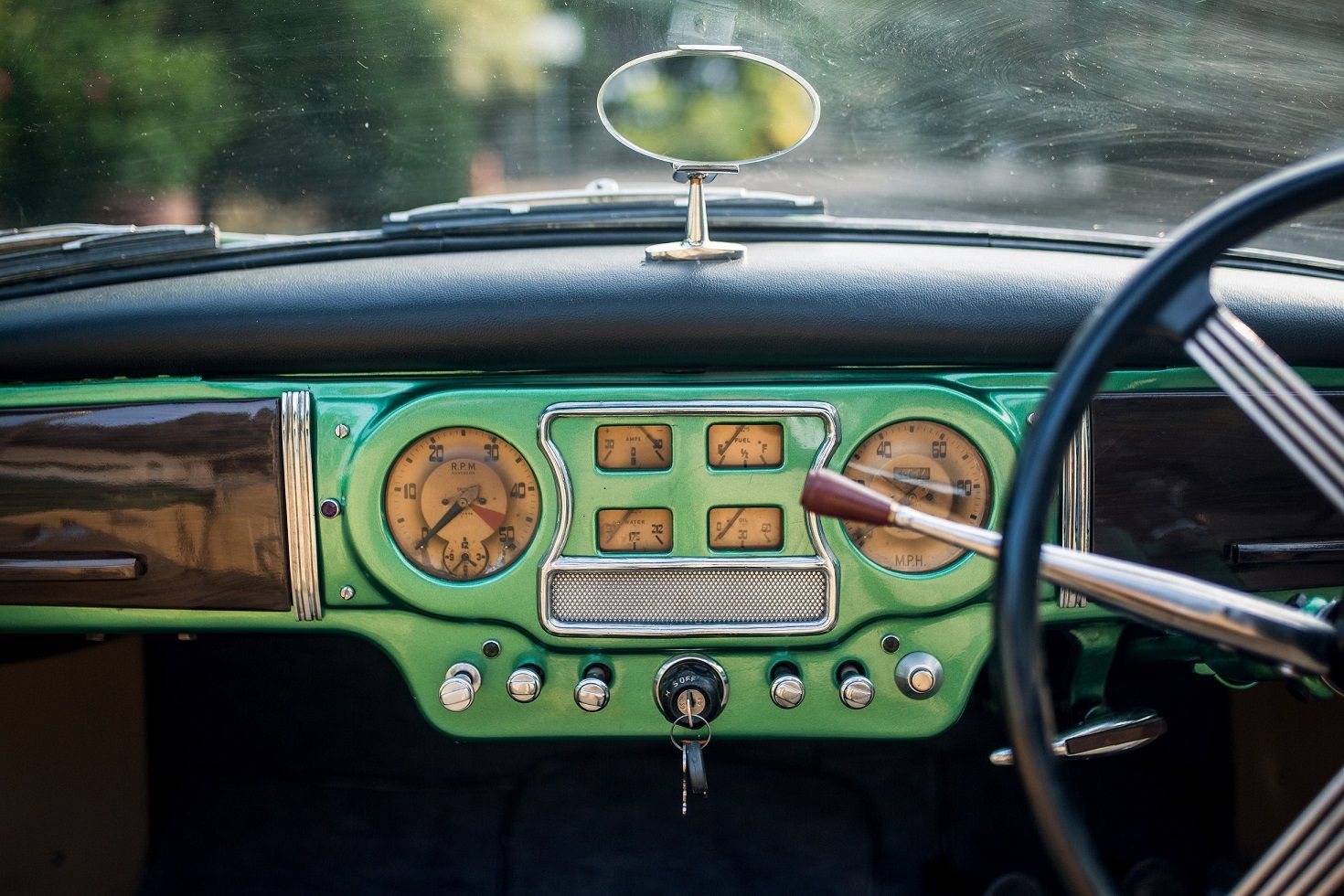
With a production run that lasted barely four years, less than 8,000 in total were produced, of which a tad less than 3,600 were exported. Perhaps thanks to the car’s spectacular lack of success, very few of the Atlantics survive anywhere. It is estimated that, at most, half a dozen is extant in India today. Thus, given the rarity and the distinctive design, the model has become very desirable today.
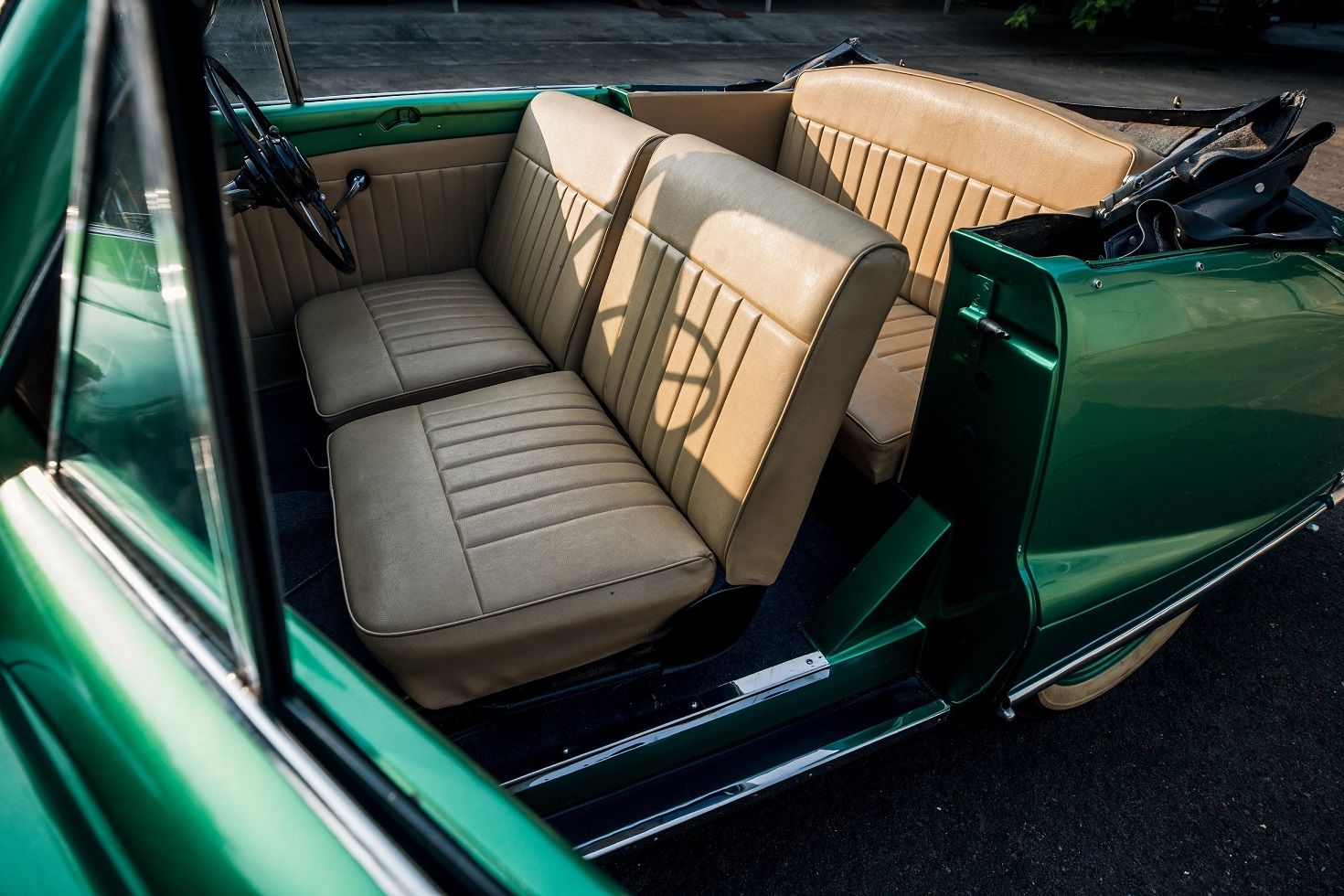
Pune-based collector Zaheer Vakil had not one, but two of these rare Austin Atlantics; one from 1949 (the green one) and the other from 1951 (blue in colour). Both featured such delightful details such as the third headlamp at the centre of the grille, the pair of ‘Flying As’ on the bonnet, as well as spats on the rear wheels.
Whilst restoring the car, the three-piece windscreens for both have been changed to a more robust single-piece one. Sold in a variety of bright metallic colours with names like ‘desert gold’ and ‘meerschaum green’, the ‘49 features the latter shade.
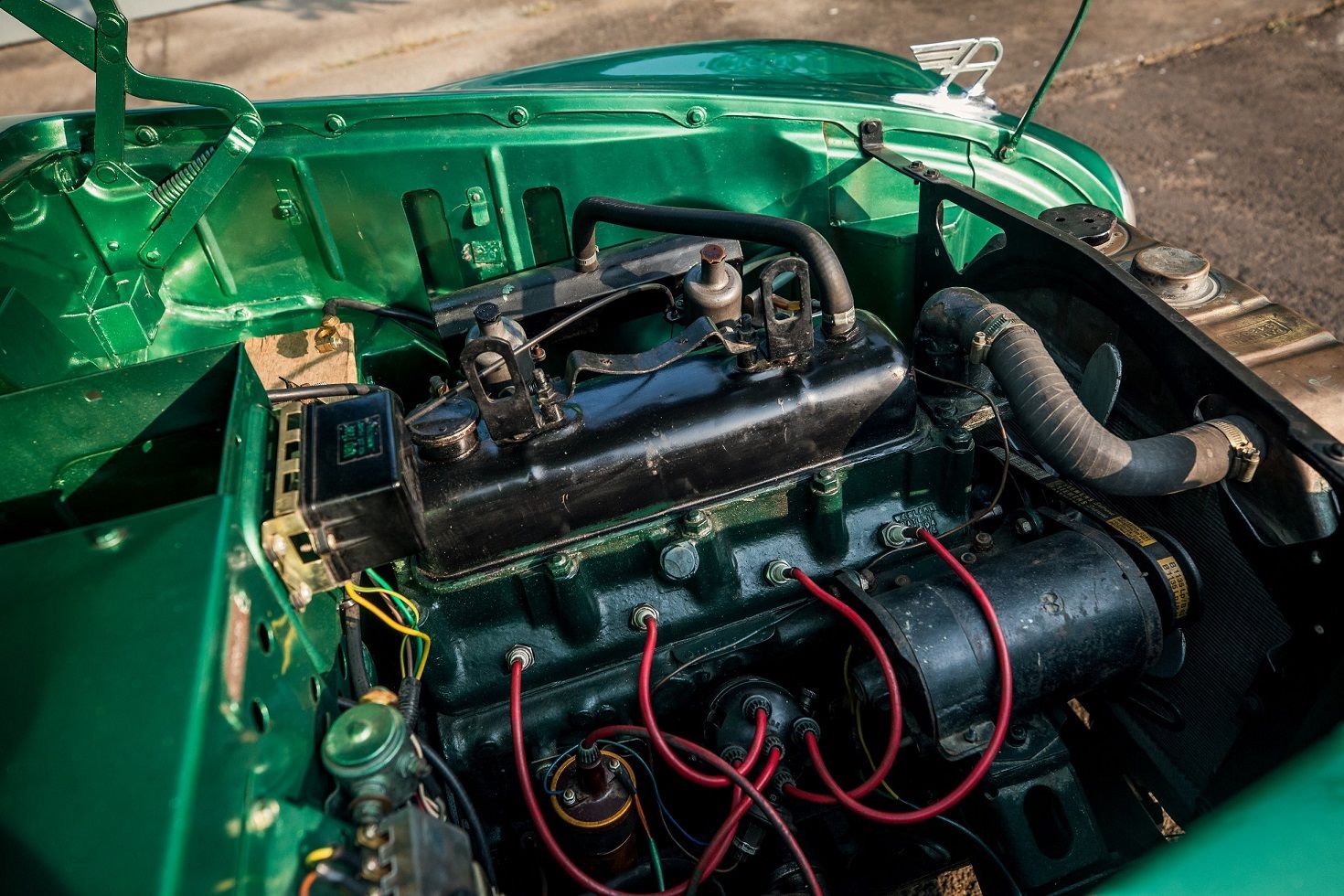
The green ‘49 was acquired from a Patna-based judge, Morad Ali Khan, in 1983, and the car was comprehensively restored by Zaheer Vakil and his team.
Comments
Sign in or become a deRivaz & Ives member to join the conversation.
Just enter your email below to get a log in link.
